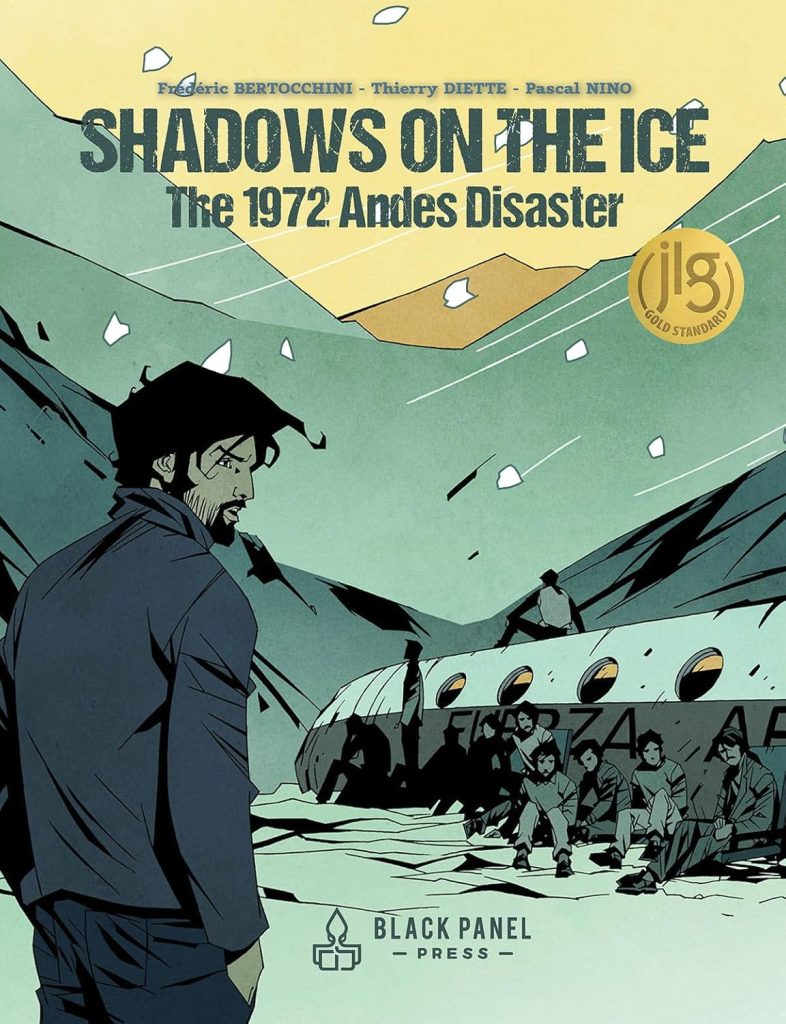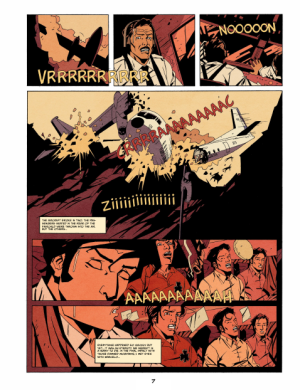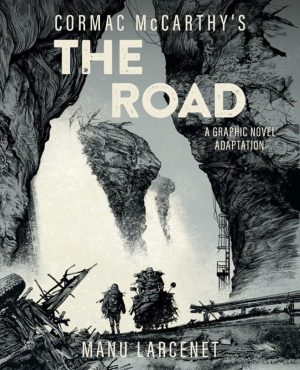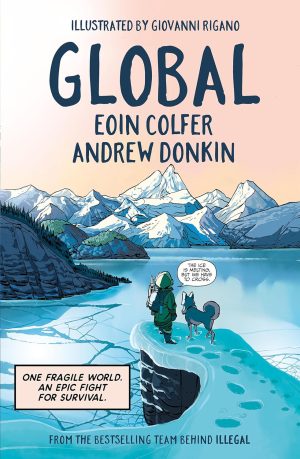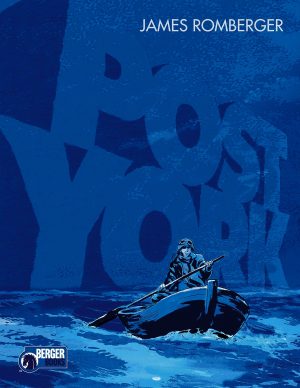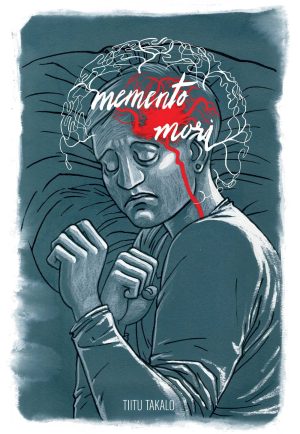Review by Ian Keogh
The tragedy of a flight carrying a Uruguayan rugby team and their friends crashing in the Chilean mountains in 1972 is a relatively well known event, not least due to the 1993 film dramatisation Alive. There were survivors, but it’s what they had to do to survive that’s become controversial.
Frédéric Bertocchini begins with the bravado of rugby players, establishing the camaraderie of fearless types joshing each other on, none wanting to seem cautious. When the pilots of their chartered plane inform them conditions are too dangerous to fly, they’re browbeaten into taking off anyway, and there’s no great inclination to follow instructions once the flight is in the air. Fortunately, when the plane crashes, one of the team is a medical student.
The assorted emotions are imparted well, from the initial shock of the crash, through the fear of spending a night in the cold, the confidence of a rapid rescue and the gradual realisation that there may be no rescue. The appalling conditions are described rather than seen, but include temperatures of minus 30 degrees at night and snowdrifts too deep to walk through, and after ten days the question is raised of whether there will be any rescue.
Artist Thierry Diette places neatly drawn figures in necessarily bleak backgrounds, but in most cases only clothing distinguishes one person from another, and he avoids sensationalising the grim aspects. However, he falls short when it comes to the colouring. While there are obvious limitations due to the snowy location, earlier and later scenes are equally muted, his preference being to deliver entire pages in dull variations of a single colour. It’s especially incongruous when page after page of Andean snow is coloured orange.
After ten days with no hint of rescue, with supplies expired and no chance of making it back to civilisation in the conditions, the unpalatable is raised. Will people survive by eating the bodies of the dead? To his credit, Bertocchini ensures this is only a small part of the overall experience as other aspects of survival are explored, such as the fallacies that take root as mental health diminishes, avalanches and whether to stay or to attempt a journey. Whether due to the original writing or the translation, though, the dialogue all too often rings false. The preference is for brief action film soundbites and impassioned pleas, and beyond a couple of people the cast are just names. It impacts on the drama and suspense, which are not presented as effectively as they might be. One of the strongest scenes occurs toward the end and concerns a slip.
Perhaps Bertocchini’s sources are limited, but for a story published to coincide with the 50th anniversary of events, Shadows on the Ice really needed greater context than just being a variation of the film. The ending is too rapid, and there’s no consideration in hindsight, but counterpointing that a monumental story of human survival is told, and if you’ve never come across it, that’s surely enough.
